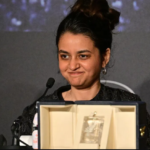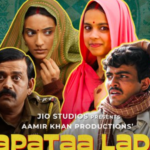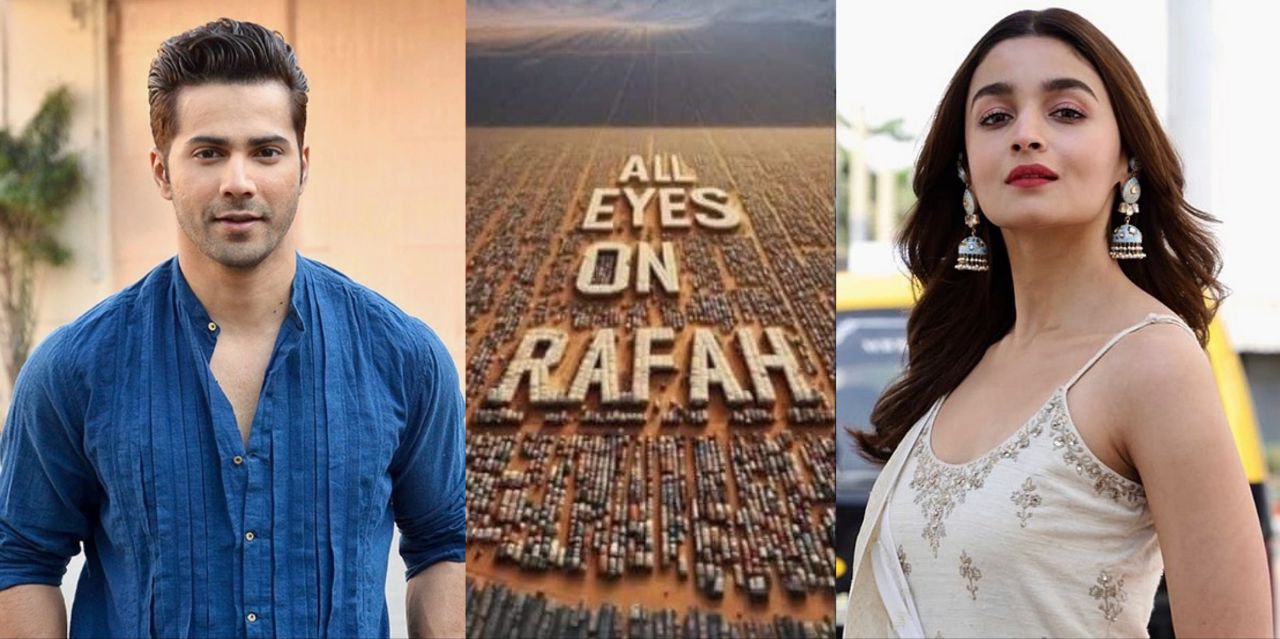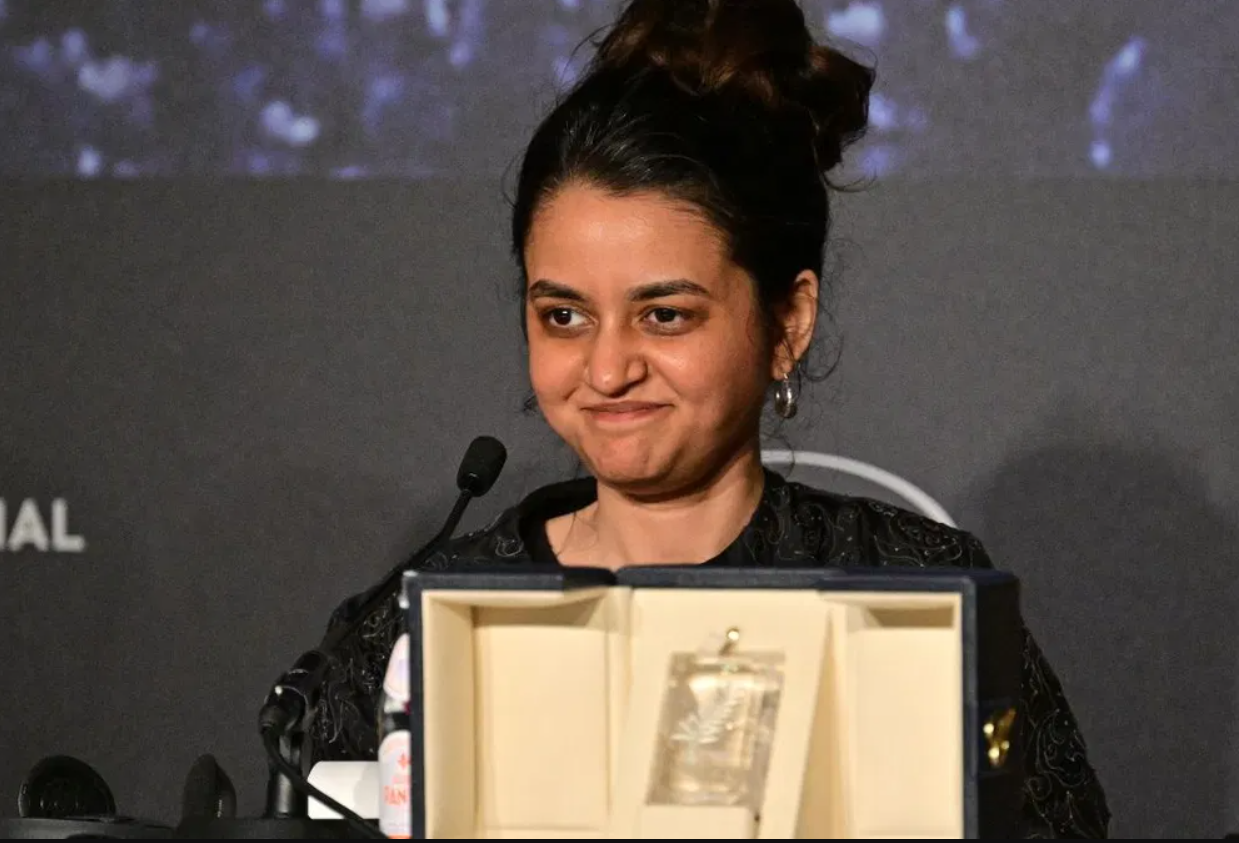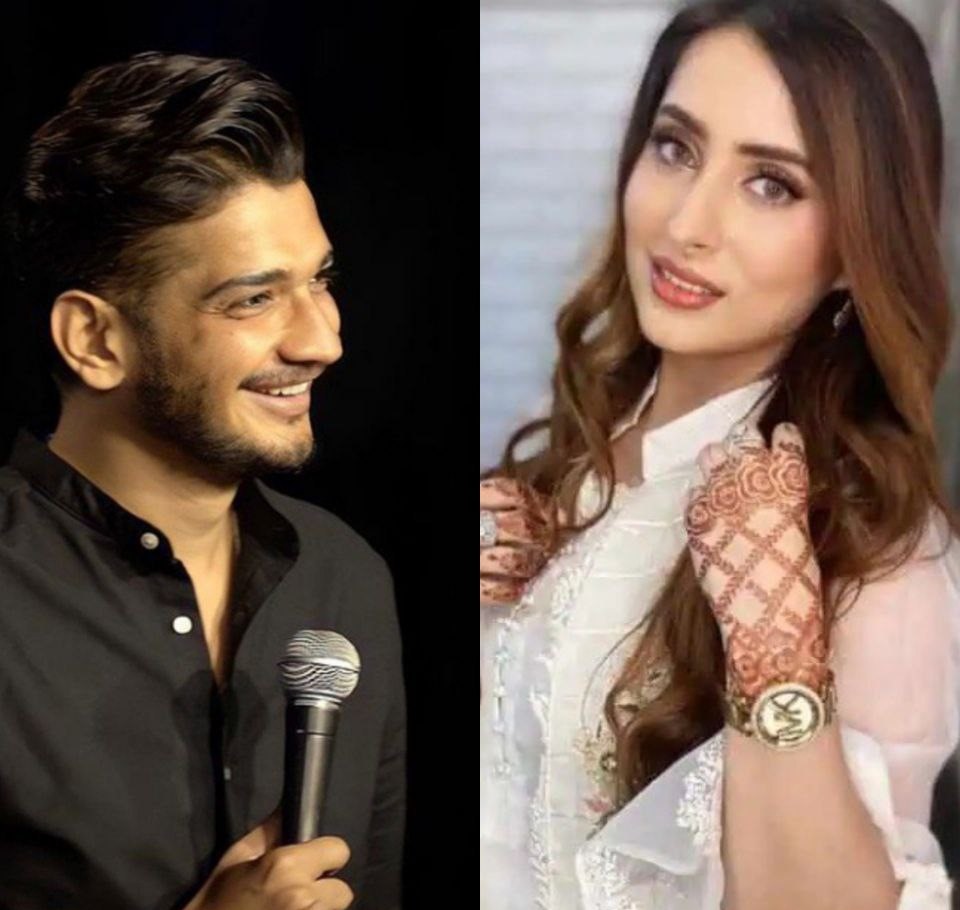India is known for its rich cultural diversity, and one of the most vibrant ways this diversity is celebrated is through its numerous festivals. Each state, region, and community has its own unique festivals, making India a land of festivities throughout the year. In this article, we’ll explore the top ten festivals in India, highlighting their cultural significance and the joy they bring to millions of people.
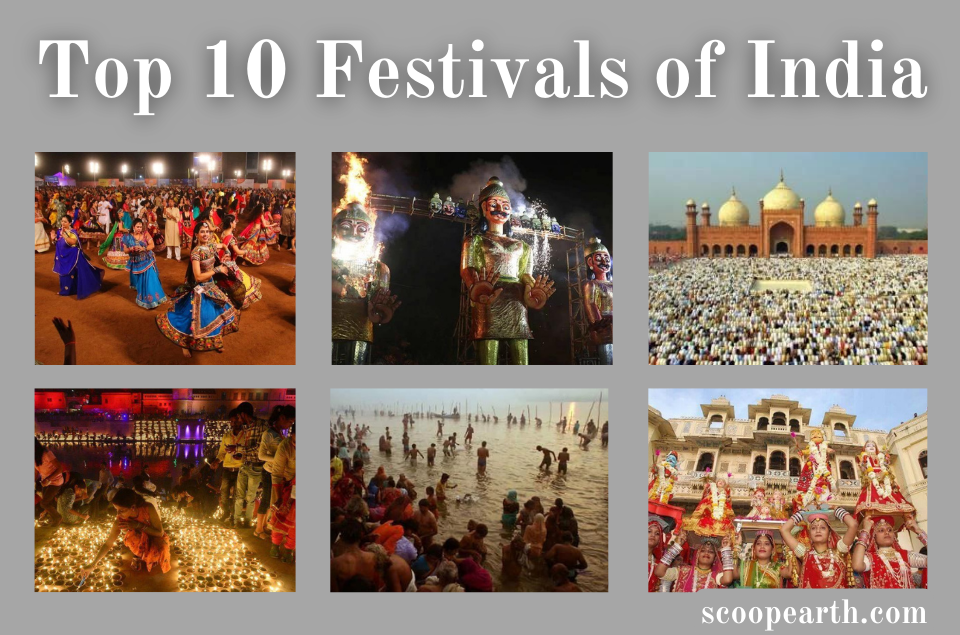
1.Diwali (Festival of Lights): Diwali, also known as Deepavali, is one of the most widely celebrated festivals in India. It marks the victory of light over darkness and good over evil. Homes and streets are adorned with oil lamps, candles, and colorful decorations. Families come together to exchange gifts, burst fireworks, and savor traditional sweets. It’s a time of joy, unity, and spiritual reflection for Hindus, Jains, and Sikhs.

2.Holi (Festival of Colors): Holi is a riot of colors and exuberance celebrated across India. It signifies the arrival of spring and the triumph of good over evil. People play with colored powders, water balloons, and enjoy festive sweets. It’s a time when social barriers are temporarily forgotten, and people of all backgrounds join in the festivities, making it a truly inclusive celebration.
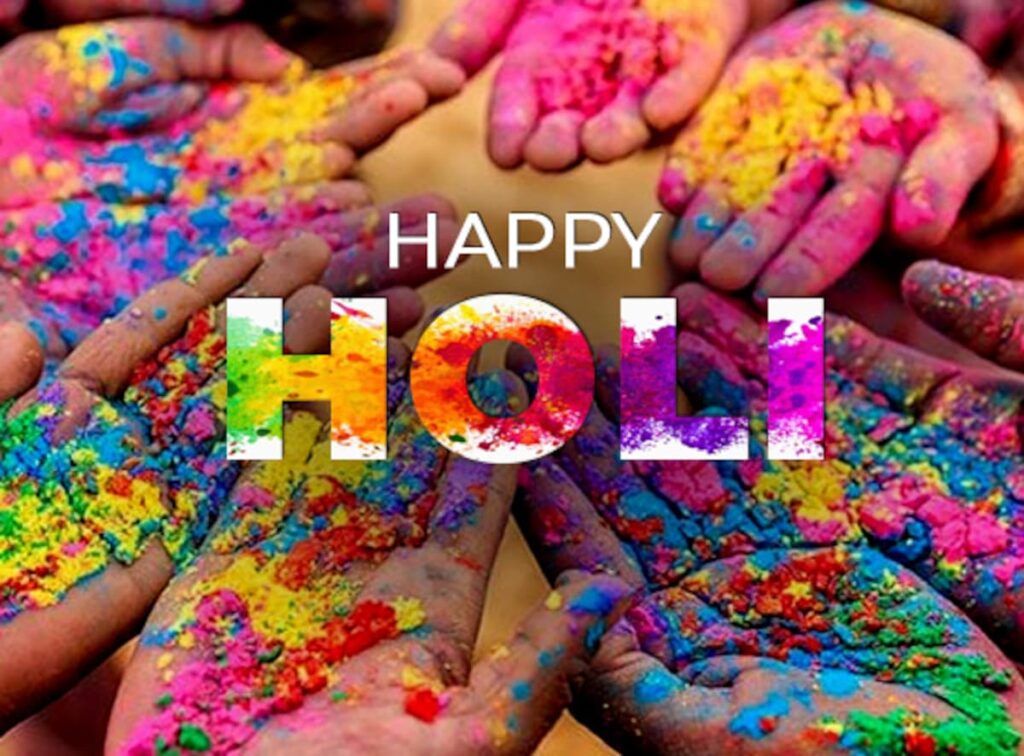
3.Eid-ul-Fitr (Ramadan Festival): Eid-ul-Fitr is the most significant Islamic festival in India. It marks the end of Ramadan, a month of fasting and prayer. Families come together for communal prayers at mosques and then enjoy feasts, exchange gifts, and visit friends and relatives. It’s a time of charity and giving, and the streets are filled with the aroma of special dishes prepared for the occasion.
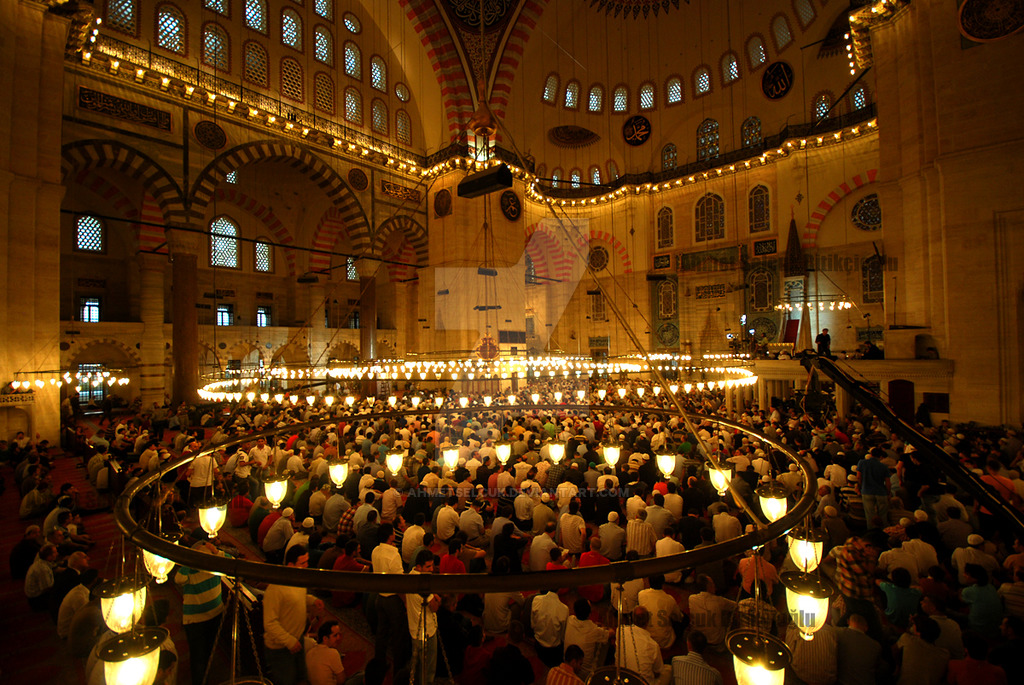
4.Durga Puja: Durga Puja is the grandest festival in West Bengal, especially in Kolkata. It celebrates the victory of the goddess Durga over the demon Mahishasura. Elaborate pandals (temporary structures) are set up, showcasing artistic representations of the goddess. The city comes alive with cultural performances, processions, and traditional dances during this five-day extravaganza.
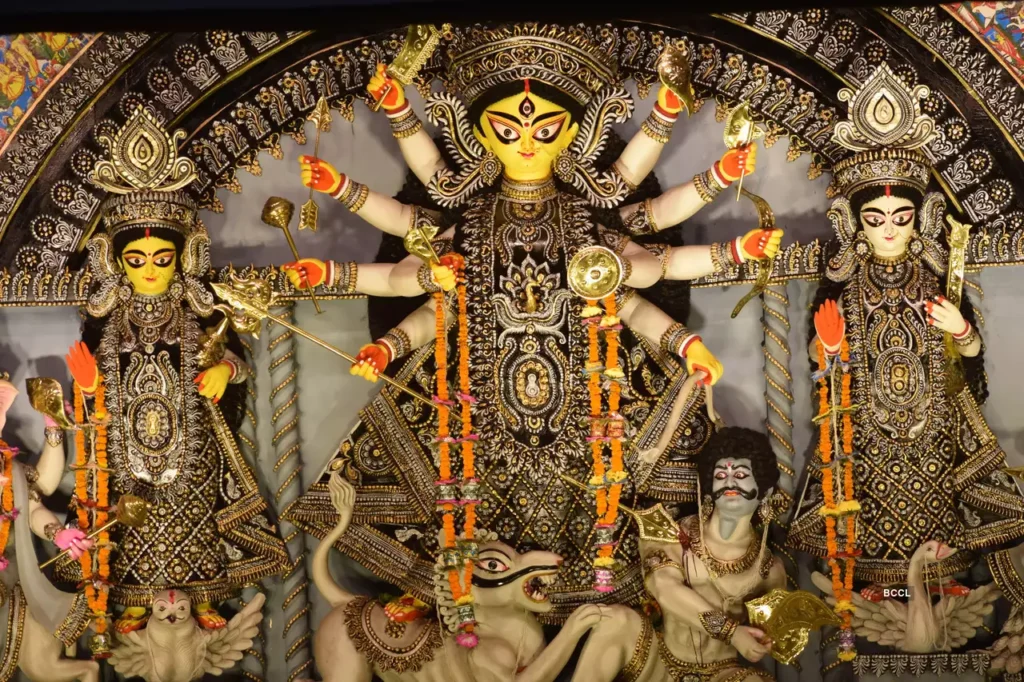
5.Navaratri and Dussehra: Navaratri is a nine-night festival dedicated to the goddess Durga in many parts of India, particularly in Gujarat and Maharashtra. It involves energetic dance forms like Garba and Dandiya. The festival culminates with Dussehra, which commemorates the victory of Lord Rama over the demon king Ravana. Effigies of Ravana are burnt in large public gatherings.
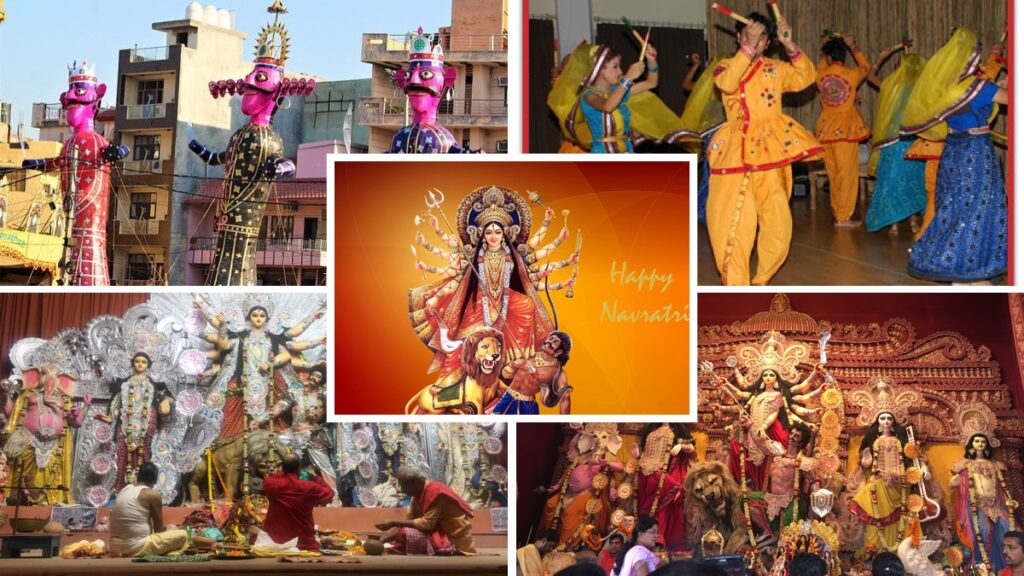
6.Ganesh Chaturthi: Ganesh Chaturthi is a grand celebration in honor of Lord Ganesha, the elephant-headed god of wisdom and prosperity. Families bring home idols of Lord Ganesha, offer prayers, and engage in singing and dancing. The festival culminates with the immersion of the idols in rivers or the sea, accompanied by processions and music.
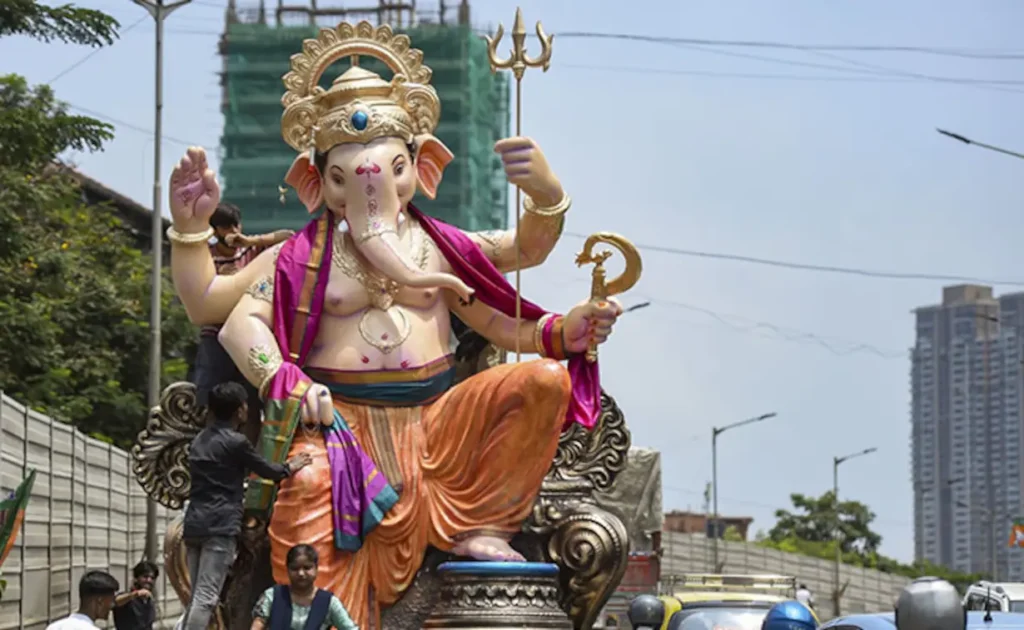
7.Eid-ul-Adha (Bakrid): Eid-ul-Adha, also known as Bakrid, is another important Islamic festival. It commemorates the willingness of Ibrahim (Abraham) to sacrifice his son as an act of obedience to God. Families offer prayers and sacrifice animals, distributing a portion of the meat to the needy. It’s a time for communal bonding and charity.
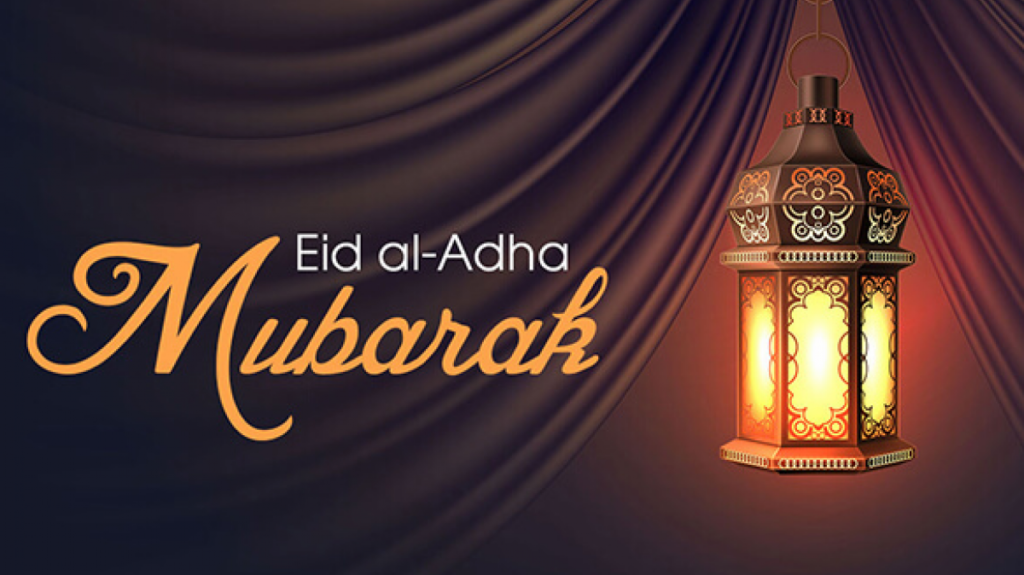
8.Pongal (Tamil Harvest Festival): Pongal is a Tamil harvest festival celebrated in the southern state of Tamil Nadu. It’s a four-day celebration that involves cooking a special dish called “Pongal” using newly harvested rice. The festival also includes traditional music, dance, and the creation of colorful kolam (rangoli) designs.
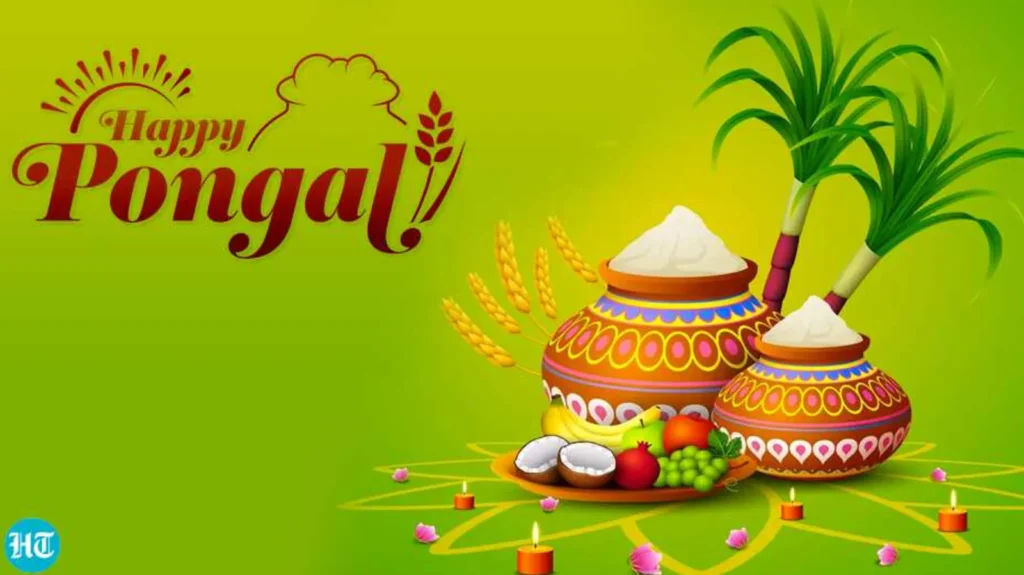
9.Onam (Kerala Harvest Festival): Onam is the harvest festival of the southern state of Kerala. It’s a ten-day celebration featuring grand feasts, cultural performances, and the famous boat races. The festival is associated with the mythical king Mahabali and is a time when people create intricate floral arrangements called “Pookalam” in front of their homes.
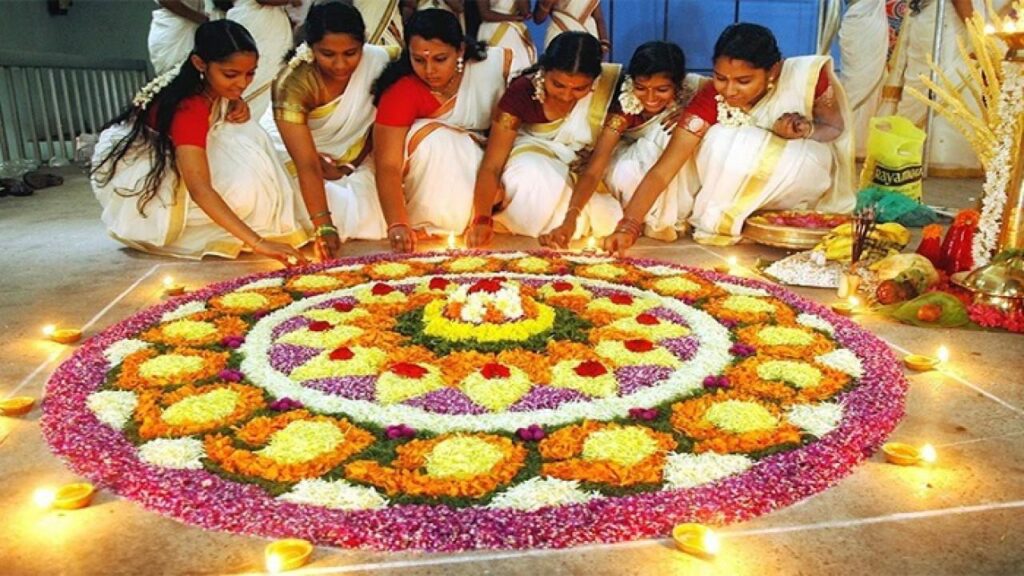
10.Baisakhi (Harvest Festival of Punjab): Baisakhi is a harvest festival celebrated with great enthusiasm in the northern state of Punjab. It marks the Sikh New Year and commemorates the formation of the Khalsa (Sikh brotherhood) in 1699 by Guru Gobind Singh. People participate in vibrant processions, traditional dances (Bhangra and Gidda), and enjoy traditional Punjabi cuisine.
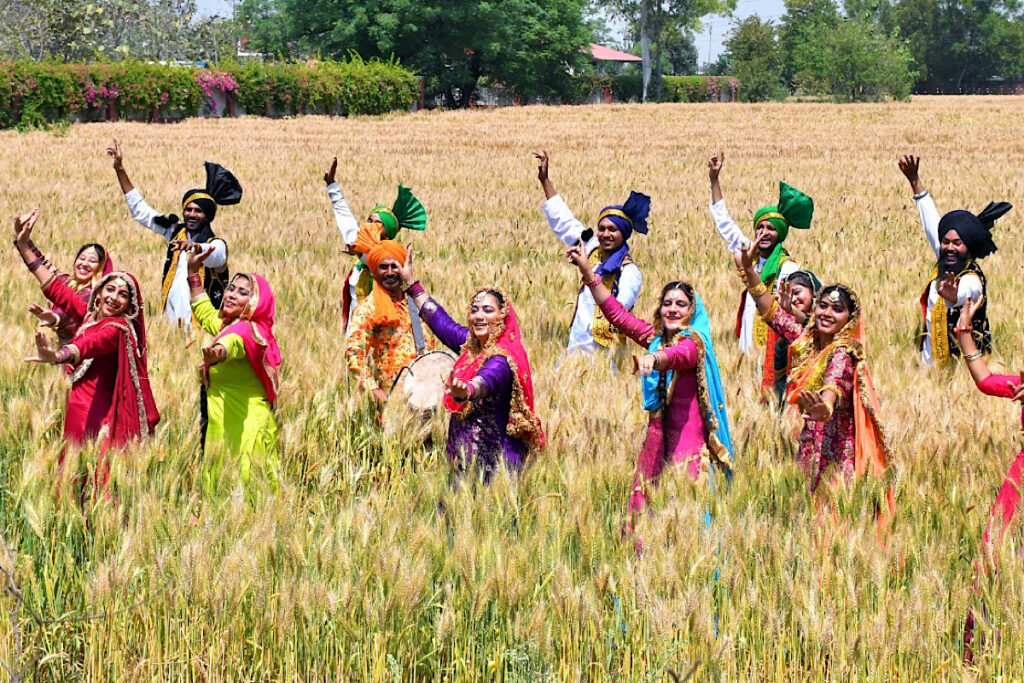
These top ten festivals in India showcase the nation’s cultural richness and unity in diversity. They bring people together, transcending religious and regional boundaries, fostering a sense of belonging, and spreading joy and positivity. Whether it’s the lights of Diwali, the colors of Holi, or the communal spirit of Eid, these festivals are a testament to India’s vibrant and inclusive culture.


